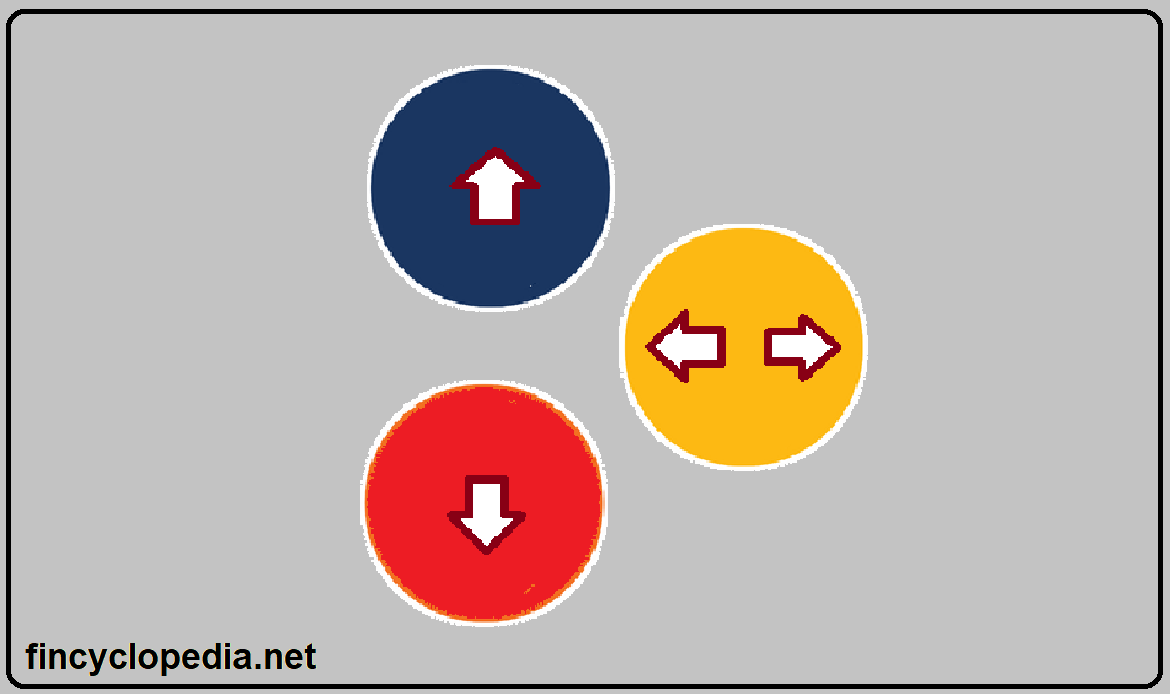
Concept of intercompany transaction
An intercompany transaction is defined as a transaction that takes place when two entities belonging to the same legal parent engage in certain activities with each other, as part of each entity’s direct area and towards fulfillment of the overarching objectives of the parent entity. These include transactions arising and implemented between the parent company and the subsidiary, or transactions between two subsidiaries owned by the same parent company. In terms of purpose, intercompany transactions can take a variety of different forms, and certain common examples of these transactions include loans (intercompany loans), finances, cost allocations, royalties, and the exchange of goods and services.
Intercompany transactions can entail both monetary and non-monetary transfers. These transactions might involve the transfer of debt or the exchange of human resources and other economic resources such as fixed assets (e.g., equipment). In this sense, these transactions provide a viable means of utilizing and optimizing the shared resources at the level of a corporate group (parent entity).
Intercompany transactions: key types
Category-wise, intercompany transactions are categorized into three types: downstream (parent to subsidiary), upstream (subsidiary to parent) or lateral (between subsidiaries).
- Downstream transactions: transactions that flow or initiate from a parent to a subsidiary. For example, an entity might offer loans to one of its subsidiaries at better terms than banks or other third parties. This is an example of a downstream transaction, which can help the subsidiary expand its operations more efficiently and at lower funding costs.
- Upstream transactions: transactions that flow or initiate from a subsidiary to a parent. For example, payment of royalties by a subsidiary to a parent in exchange for the use of patents and copyrights.
- Lateral transactions: transactions that take place between a subsidiary and another. Subsidiaries within the same group might need to purchase various goods and services from each other. Such goods include equipment, inventory, or supplies. Services may be those of personnel moving from one entity to another in order to make their expertise available there and hence increase the impact. Such purchases are examples of lateral transactions..





Comments